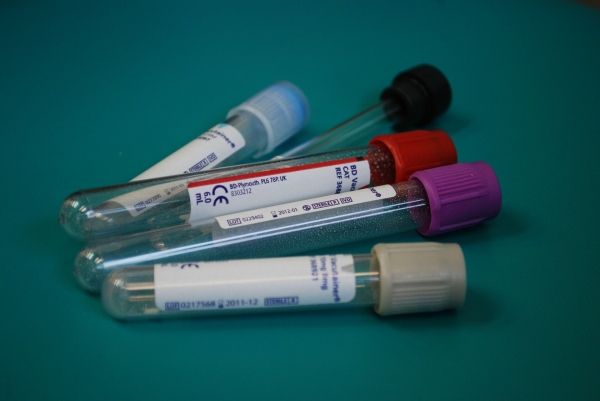Scientists at the Columbia Center for Children’s Environmental Health (CCCEH) developed a method using a DNA biomarker to easily screen pregnant women for harmful prenatal environmental contaminants like air pollution linked to childhood illness and developmental disorders. This approach has the potential to prevent childhood developmental disorders and chronic illness through the early identification of children at risk.
While environmental factors—including air pollutants—have previously been associated with DNA markers, no studies to date have used DNA markers to flag environmental exposures in children. Study results are published online in the journal Epigenetics.
There is ample scientific evidence that links prenatal environmental exposures to poor outcomes in children, yet so far there is no early warning system to predict which children are at highest risk of adverse health outcomes. The researchers took a major step toward overcoming this barrier by identifying an accessible biomarker measured in a small amount of blood to distinguish newborns at elevated risk due to prenatal exposure. They used air pollutants as a case study, although they say their approach is easily generalizable to other environmental exposures, and could eventually be made into a routine test.
Read more at Columbia Mailman School of Public Health
Image by kropekk_pl from Pixabay


